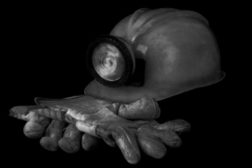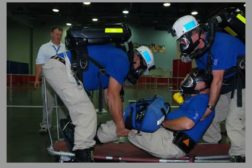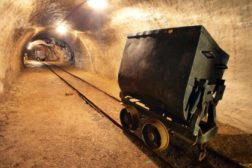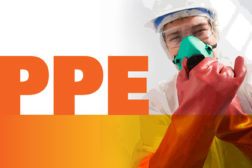Home » mining industry safety
Articles Tagged with ''mining industry safety''
MSHA adds two new tools to help track violations
Online enhancements expected to boost compliance
February 27, 2015
MSHA’s Joseph Main reviews five years of progress in miner safety
Assistant Secretary of Labor cites industry compliance at WV Coal Mining Symposium
February 3, 2015
Never miss the latest news and trends driving the safety industry
eNewsletter | Website | eMagazine
JOIN TODAYCopyright ©2024. All Rights Reserved BNP Media.
Design, CMS, Hosting & Web Development :: ePublishing





